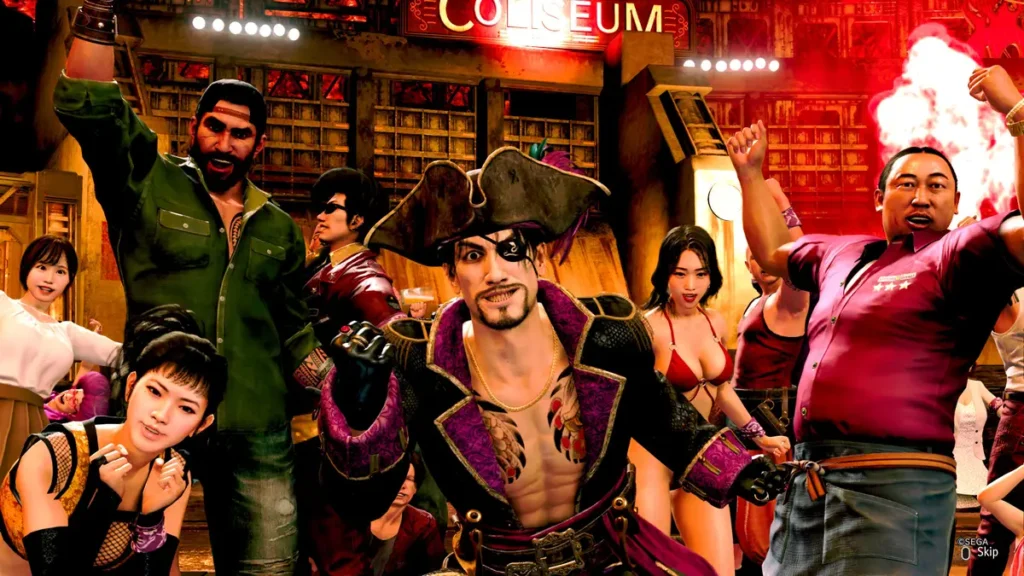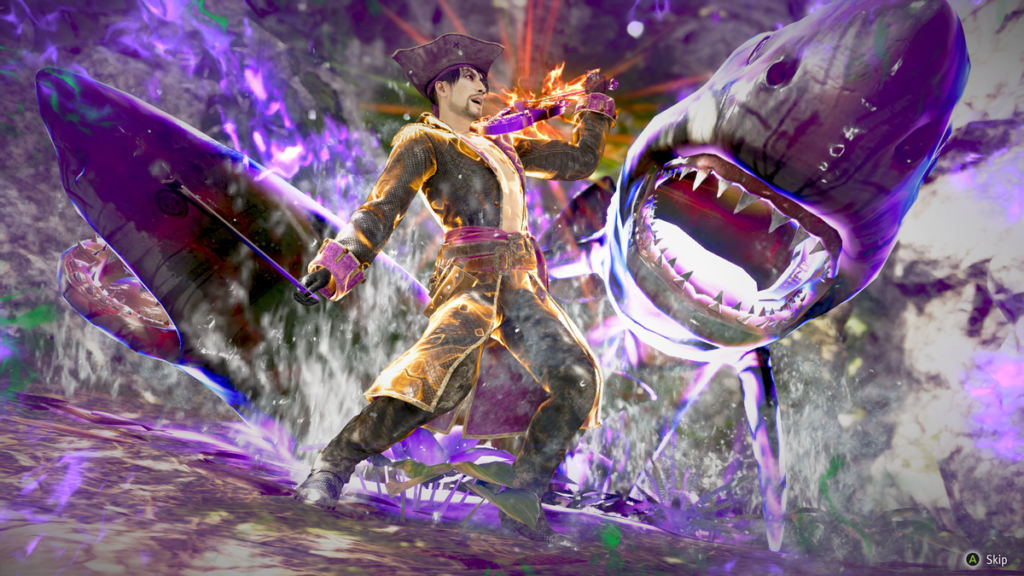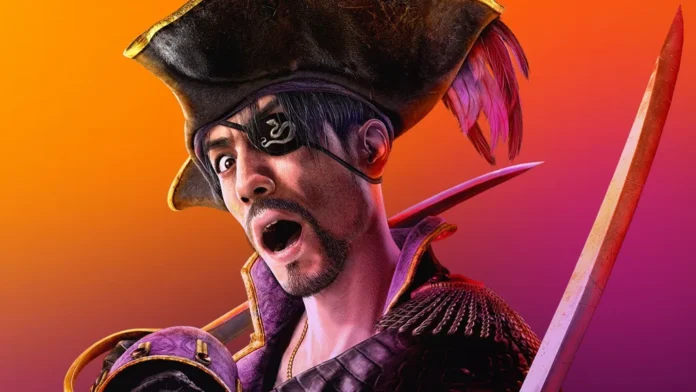It’s not every day that a beloved franchise known for its gritty crime drama and over-the-top brawls sets sail for uncharted waters, but Like a Dragon: Pirate Yakuza in Hawaii does just that—and it does so with all the swagger and absurdity fans have come to expect. The game swaps neon-lit Tokyo for the sun-soaked Hawaiian islands, trading gang wars for pirate raids while keeping its signature mix of bombastic storytelling, side-splitting humor, and surprisingly deep combat. It’s a risky move, but one that pays off in a thrilling, unconventional way.
At the heart of this swashbuckling adventure is Goro Majima, the one-eyed wild card of the Like a Dragon universe. Waking up on a remote island with no memory of how he got there, Majima quickly falls in with a ragtag crew of misfits—including an eager young boy and his pet tiger cub. Before long, he finds himself commandeering an 18th-century-style pirate ship, setting off on a quest to recover the lost treasure of a legendary Spanish galleon. While Majima is slightly more subdued than in previous appearances (thanks to his temporary amnesia), his unhinged charm still shines through. Whether he’s battling enemy pirates, adopting stray animals, or leading impromptu musical numbers, he remains as delightfully unpredictable as ever.
One of the game’s biggest departures from previous Like a Dragon titles is its naval combat. While the series has always thrived on its dynamic, hand-to-hand fighting, Pirate Yakuza introduces high-seas battles that add a thrilling new dimension. Players can fire machine guns, launch broadsides from their ship’s cannons, and even ram enemy vessels in high-speed collisions. The customization options are just as wild as you’d expect, allowing Majima to outfit his ship with flamethrowers, freeze guns, and even lasers. While the combat is engaging, the exploration aspect feels slightly restrained—rather than a seamless open world, the ocean is divided into smaller maps that players warp between. Some islands also feel a bit too familiar, with recycled layouts diminishing the excitement of discovery.
However, the game makes up for it with spectacular set pieces. Whether fending off a sea monster, storming an enemy fortress, or navigating through a chaotic ship graveyard-turned-casino called Madlantis, Pirate Yakuza never fails to surprise. The naval battles also require strategic crew management—recruiting and assigning the right pirates to specific roles can mean the difference between victory and disaster. Picking an underpowered first mate or a weak boarding crew can quickly turn a winning fight into a humiliating defeat.

Despite the new maritime mechanics, Like a Dragon’s signature combat is still front and center. Majima starts with his familiar Mad Dog fighting style, a whirlwind of punches, kicks, and dagger slashes. But it’s the new Sea Dog stance that steals the show. This style allows Majima to dual-wield cutlasses, throw them like deadly boomerangs, and execute spinning slashes that carve through enemies in a brutal dance of destruction. The addition of a hookshot lets him zip across the battlefield like a pirate-themed Spider-Man, perfect for closing in on long-range opponents. The stance even comes with a flintlock pistol, which—after some upgrades—can clear out waves of enemies in a single, devastating blast.
Combat remains as flashy as ever, with enemies exploding into showers of gold coins upon defeat, making each brawl feel like a chaotic, neon-infused pirate fantasy. The addition of Doppelganger Mode, where Majima temporarily summons two clones of himself to swarm enemies, adds another layer of absurd fun. While the game sticks to the classic action-based combat rather than the turn-based battles introduced in Like a Dragon: Infinite Wealth, it refines the formula in a way that makes every fight feel fast, fluid, and satisfying.
A Like a Dragon game wouldn’t be complete without a staggering amount of side content, and Pirate Yakuza delivers in spades. Honolulu serves as the main hub, filled with bizarre and entertaining diversions. Majima can participate in a pirate coliseum, hunt down the legendary Devil Flags fleet, and even become a Virtua Fighter 3 streamer, choosing over-the-top reactions to please his online audience. A particularly hilarious side quest sees Majima unwittingly starring in a live-action dating show, complete with cringe-worthy romantic encounters.

Minigames also get a pirate-themed overhaul, with baseball replaced by cannonball batting cages, and Dragon Kart returning with a new battle mode that turns go-kart racing into a high-speed naval firefight. The return of Sicko Snap and Super Crazy Delivery from Infinite Wealth ensures that there’s never a dull moment between treasure hunts.
One of the game’s standout side quests involves hunting down mythical cursed instruments scattered across the islands. Each instrument unleashes a ridiculous attack, such as summoning spectral land sharks or a giant ape that smashes enemies into oblivion. While these powerful weapons feel like they should have been integrated into the main story, they offer some of the most satisfying and absurd moments for players willing to seek them out.

Like a chest overflowing with gold doubloons, Like a Dragon: Pirate Yakuza in Hawaii is packed with treasures both big and small. While the segmented ocean exploration and occasional recycled environments hold it back from true greatness, its exhilarating combat, engaging story, and sheer absurdity make it a worthy addition to the franchise. Whether you’re battling pirates, singing shanties, or zipping across rooftops with a hookshot, there’s never a dull moment in this swashbuckling adventure.
For longtime fans, Pirate Yakuza proves that Like a Dragon can thrive outside its traditional setting. For newcomers, it’s a wildly entertaining introduction to one of gaming’s most uniquely charming series. Either way, it’s a voyage well worth taking.

